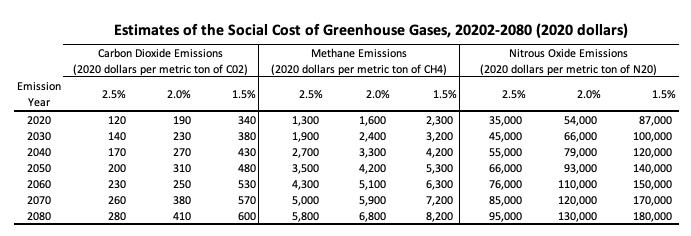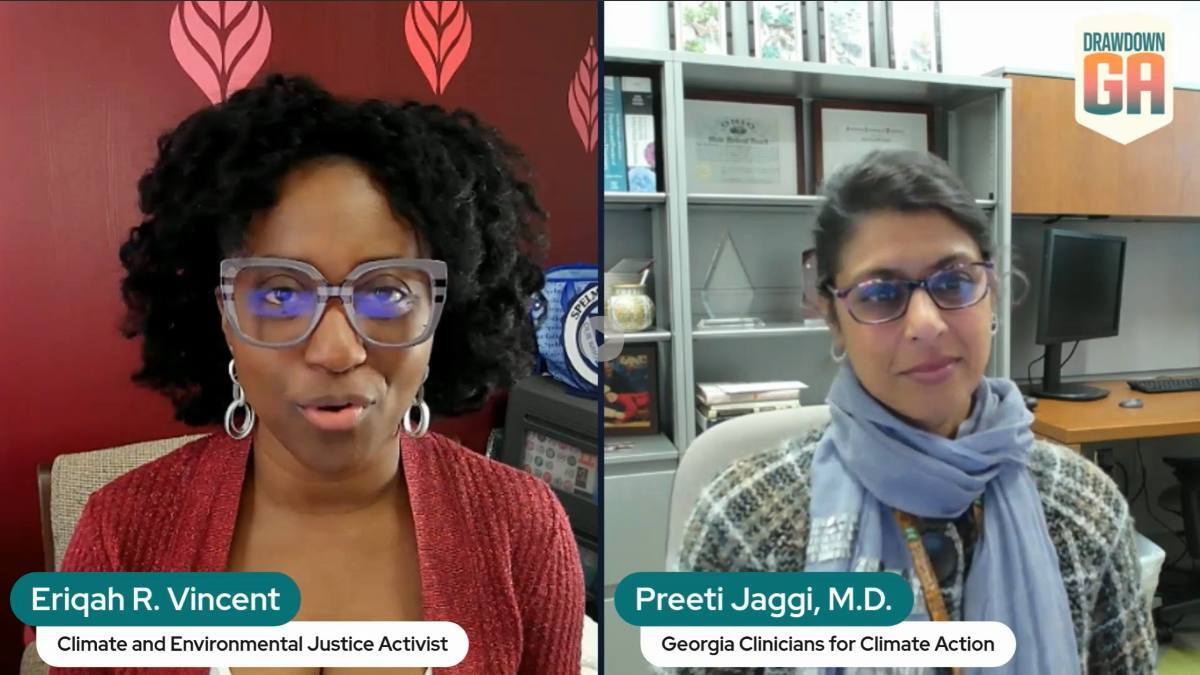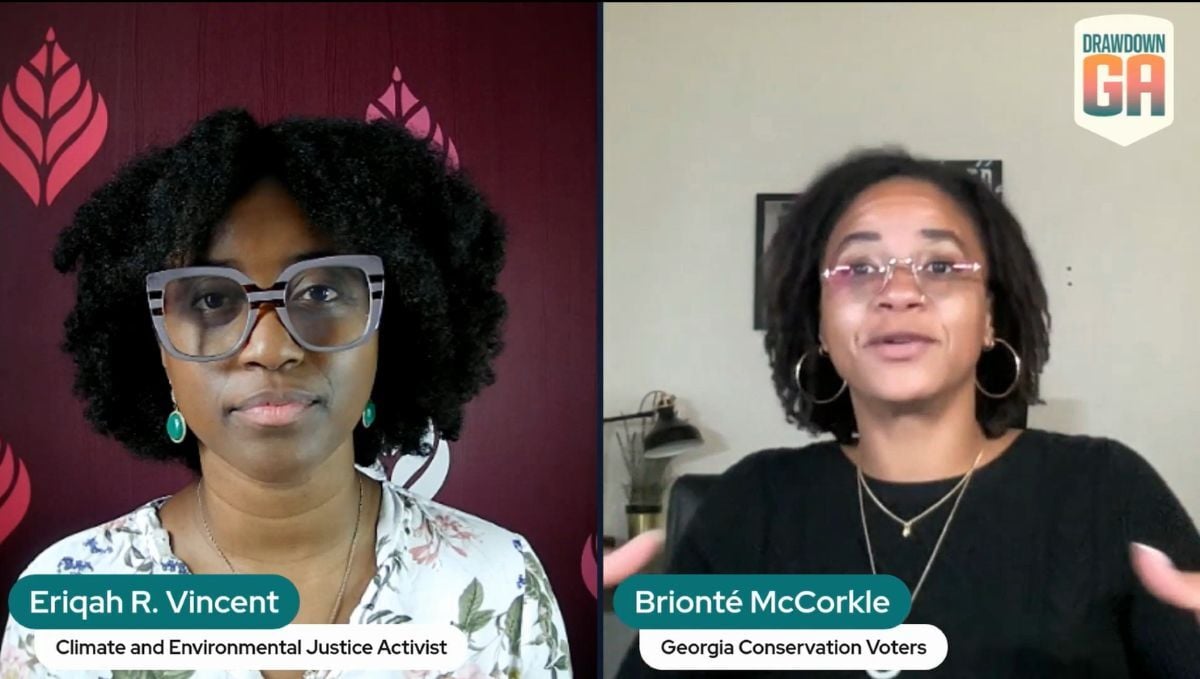One way that governments work to understand climate change is by examining the social cost of carbon, which seeks to determine the economic damage that comes from emitting greenhouse gases into the atmosphere.

In other words, the social cost of carbon puts a price tag on the harms that climate change will impose on humanity. From lost agricultural productivity to heat-related mortality to the impact on coastal cities as sea levels rise, we will continue to face real economic impacts as we warm our planet with greenhouse gases.
Understanding the Social Cost of Carbon
Would you spend $0.50 today to save a buck tomorrow? The answer is obviously “yes,” because the math works. It’s a net gain of 50 cents, and I bet even my four-year-old could intuitively grasp the logic here. That’s because humans utilize cost/benefit analyses all the time.
Sometimes, the analysis isn’t as clear-cut. Let’s say you are trying to decide what car to buy. Should you choose a mid-sized SUV, or can you make a hatchback work for you and your family?
A lot of factors will go into identifying the pros and cons of choosing your next car, but there’s one factor that matters more than any other, though: price. Is the car worth the amount of money you have to spend to get it?
Defining the Social Cost of Carbon
That is the essence of the social cost of carbon. Economists at the think tank Resources for the Future define the social cost of carbon as “an estimate of the economic damages, in dollars, resulting from the addition of an incremental ton of carbon dioxide (CO₂) into Earth’s atmosphere. The value has been used widely to quantify the economic benefits of policies that reduce greenhouse gas emissions, including vehicle fuel economy standards, power plant regulations, and rules that reduce emissions from oil and gas infrastructure.”

The social cost of carbon considers all of the negative impacts of climate change and then attributes the total cost on a marginal basis. If we emit one additional ton of greenhouse gases, the social cost of carbon tells us how much more economic damage that is estimated to cause. It tells us we are going to have to pay the buck tomorrow unless we take action today.
The Social Cost of Carbon Impacts Policy Decisions
Policymakers use the social cost of carbon as a tool to determine if the benefits of a new policy outweigh the costs. Government policies come with a price tag- but so does emitting greenhouse gases into the atmosphere. Policymakers from the federal level down to local levels often conduct cost-benefit analyses to determine if the benefits of a given policy outweigh the cost of action. The social cost of carbon allows for the cost of emitting greenhouse gases to be factored into that decision making process.
Updating the Social Cost of Carbon
So how much is the social cost of carbon? We actually have some news on that front, as the Environmental Protection Agency (EPA) has proposed updating the social cost of carbon from $51 per ton to $190 per ton. That’s quite the substantial change.
What’s driving it is a recognition that past estimates ignored a variety of climate impacts that scientists better understand now. In other words, the United States government is catching up to the latest science.
How the EPA Calculates the Social Cost of Carbon
There’s also another layer of nuance that is important to understand when it comes to a proper social cost of carbon estimate.
The EPA report that announced this proposed update includes a table (reproduced below) showing the agency’s estimates for the social cost of carbon. Understanding this table is the key to understanding that the social cost of carbon is really a range of outcomes.

The rows here show different years, projecting out all the way to 2080. As time goes on, the numbers in each column get bigger. That’s because greenhouse gases, particularly carbon dioxide, stay in the atmosphere for a long time. The addition of greenhouse gases to the atmosphere is cumulative, and it will keep getting worse the more and more we warm the planet. Every successive ton of greenhouse gases will cause more harm than the one before it.
The columns are grouped into three groups of three. To the left, you have estimates of the social cost of carbon dioxide emissions. In the middle are estimates for methane emissions, with nitrous oxide emissions to the right. Notice that methane figures are higher than carbon dioxide figures, and nitrous oxide figures are higher still.
That’s because methane and nitrous oxide both have a higher global warming potential than carbon dioxide. If you have one ton of each, the methane and nitrous oxide end up trapping a lot more heat than the carbon dioxide. Accordingly, estimates of economic impacts from a ton of methane and nitrous oxide are higher.
Finally, let’s look at the three columns in each group, headed by three percentages: 2.5%, 2.0%, and 1.5%. These percentages are called “discount rates,” and they reflect how much weight we want to place on impacts that will happen in the future. Higher discount rates mean impacts that happen in the future matter less to us as compared to the costs in the present. The lower discount rates mean we value the near-term and long-term impacts similarly.
You’ll notice where that $190 figure I mentioned above comes in. That is the price per ton, just of carbon dioxide, in 2020 figures assuming the mid-case of a 2.0% discount rate. In reality, there is a range of values across the various discount rates, from $120 at the low end all the way to $340 at the high end.
The way I translate that is, the social cost of a ton of carbon dioxide is at least $120 per ton. And if we want to make more cautionary assumptions, the price is actually much higher than $190 per ton. Then when you factor in the other types of greenhouse gases, you see how much more we should be willing to invest to stop emitting those.
One last thing you should understand about this table, and I’ll quote from page 2 of the report: “The modeling implemented in this report reflects conservative methodological choices, … [so the] estimates likely underestimate the marginal damages from GHG pollution.”
Know the Social Cost of Carbon For Better Climate Policy Decisions

Here is my takeaway. Calculating the social cost of carbon is hard but important, so thank goodness we have really smart people working on it. As we learn more about the impacts of greenhouse gas emissions, it’s critical that we update the social cost of carbon so we can make more informed decisions about what public policies we need to address climate change.
Even at just a cursory level though, the estimates are clear. We need to be willing to invest a lot of resources now to reduce emissions of greenhouse gases, because the negative impacts are already high, and they are only getting higher.








